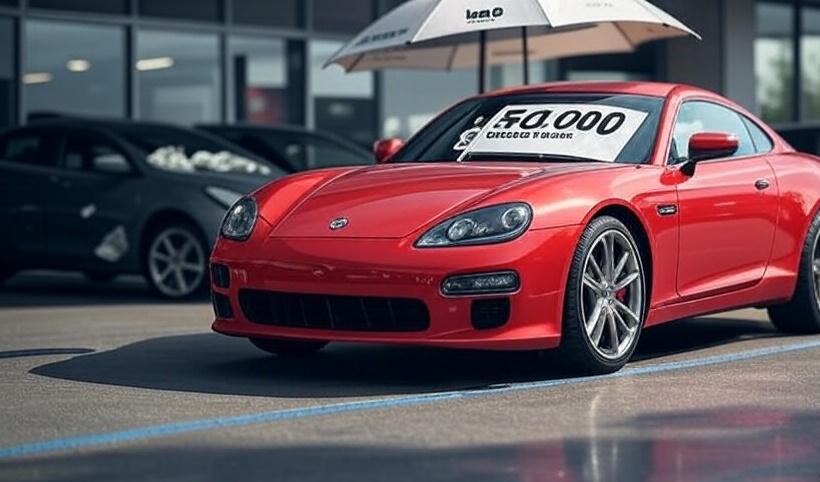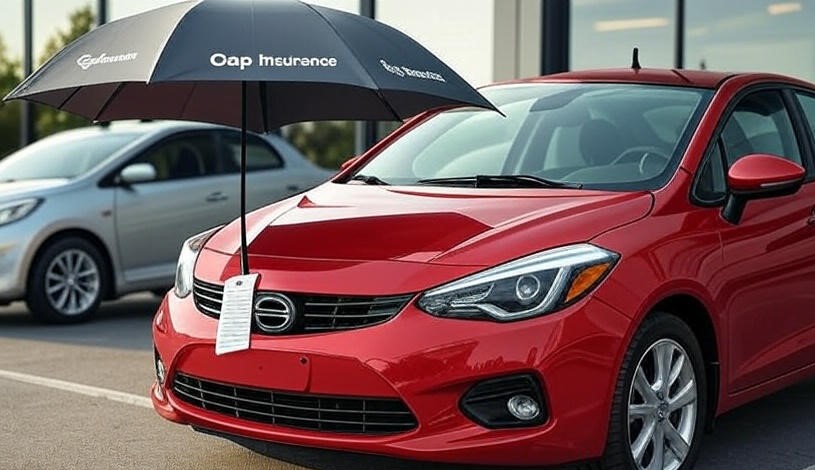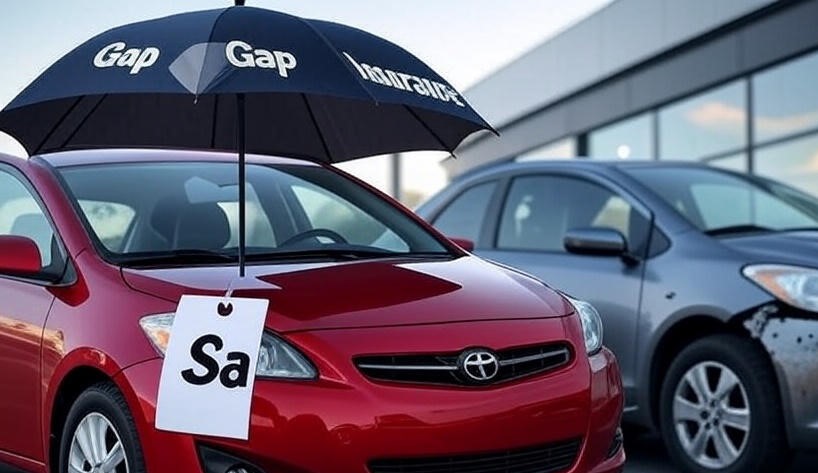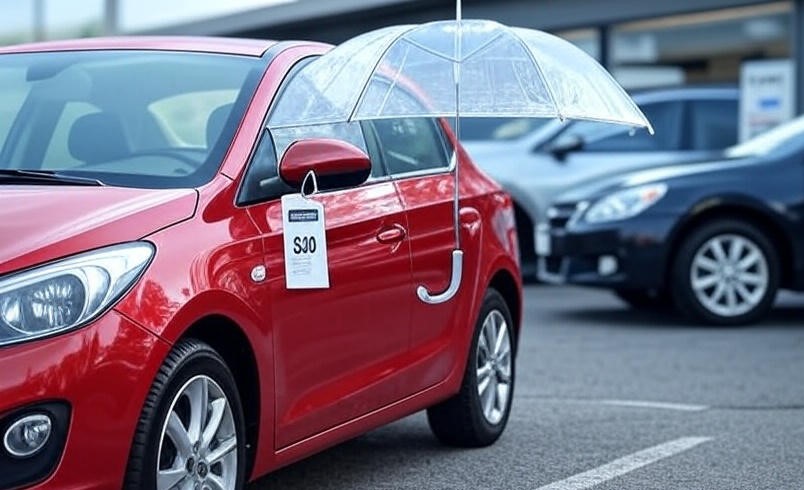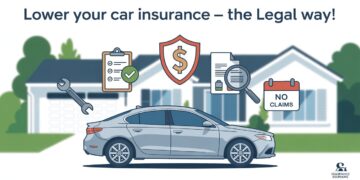Buying a new car is one of the biggest financial decisions many people make. While the excitement of driving a brand-new vehicle is unmatched, it also comes with hidden financial risks. Alongside standard auto insurance, car buyers are often presented with an optional coverage called Guaranteed Asset Protection (GAP) insurance. This raises an important question: Is Gap Insurance Worth It for New Cars?
The answer is not straightforward, as it depends on multiple factors: how you financed your vehicle, how much it depreciates, whether you leased or bought, and the type of auto insurance you already have. In this in-depth guide, we’ll break down everything you need to know about GAP insurance—its benefits, limitations, real-world scenarios, and how to determine if it’s the right choice for you.
What Is GAP Insurance?
GAP insurance is a specialized policy designed to protect car owners from financial shortfalls. It covers the difference between what your car is worth (its actual cash value, or ACV) and what you still owe on your loan or lease if your car is declared a total loss due to theft or an accident.
Why Standard Insurance Falls Short
Standard insurance only pays the ACV at the time of loss. Since cars depreciate rapidly, that payout is often less than your remaining loan balance. Without GAP insurance, you’d be responsible for paying the shortfall yourself.
Example Scenario
- Purchase Price: $35,000
- Two Years Later: Car is totaled in an accident.
- Insurer Payout: $24,000 (current market value).
- Loan Balance: $28,500.
- Without GAP: You owe $4,500 out of pocket.
- With GAP: The insurance covers the shortfall.
This example highlights how GAP insurance can save drivers from financial hardship during unexpected events.
Why Do New Cars Depreciate So Quickly?
Depreciation is the single biggest factor behind the need for GAP insurance. Unlike homes or some investments, cars lose value the moment they leave the dealership.
Typical Depreciation Rates
- First Year: Cars lose 20–30% of their value.
- Years 2–3: Another 10–15% annually.
- Five Years: Cars are often worth less than half their original price.
Factors That Accelerate Depreciation
- Luxury brands with high initial markups.
- Cars with limited demand or discontinued models.
- Vehicles with high mileage or poor reliability records.
Because of these factors, new car buyers face the greatest risk of negative equity in the first few years of ownership.
When GAP Insurance Is Worth It
1. Small or No Down Payment
If you financed your car with less than 20% down, depreciation will likely outpace your equity growth. GAP insurance protects you in this situation.
2. Long Loan Terms
Financing terms longer than 60 months stretch out payments. While monthly costs are lower, your loan balance stays high relative to the car’s declining value.
3. Leasing a Vehicle
Most leasing companies require GAP insurance. Since you don’t own the car, they want to ensure the lease balance is covered if the vehicle is totaled.
4. Rolling Over Negative Equity
If you added leftover debt from a previous loan into your new one, you’ve increased your balance. GAP insurance ensures you won’t be left paying off a car you no longer own.
5. Rapidly Depreciating Cars
Certain models—particularly luxury sedans and high-tech vehicles—lose value faster than others. GAP insurance is particularly useful here.
When GAP Insurance May Not Be Worth It
1. Large Down Payment
If you put down 30% or more, the risk of negative equity is low. You already own a substantial portion of the car’s value.
2. Short Loan Terms
Loans of 36 months or less allow you to pay off your car faster, reducing the gap between its market value and your loan balance.
3. Replacement Coverage Already Included
Some insurers provide new car replacement coverage for the first 12–24 months. This may eliminate the need for GAP insurance during that time.
4. Buying a Used Car
Depreciation is less steep for used cars. Since they lose value more gradually, you’re less likely to face a large shortfall.
How Much Does GAP Insurance Cost?
The cost depends heavily on where you buy it:
- Dealerships: $400–$1,200, often rolled into the loan. This is the most expensive option.
- Insurance Companies: $20–$60 annually, added to your policy. Affordable and flexible.
- Independent Providers: Competitive one-time costs, often between $150 and $400 for multi-year coverage.
Tip: Always compare providers. Dealership GAP insurance can cost several times more than equivalent coverage elsewhere.
Different Types of GAP Insurance
- Finance GAP (Loan/Lease Payoff): Covers the difference between your insurer’s payout and your loan or lease balance.
- Return-to-Invoice GAP: Covers the gap between the insurer’s payout and the original purchase price of the car.
- Return-to-Value GAP: Covers the gap between the insurer’s payout and the car’s value at the time of purchase.
Choosing the right type depends on whether you’re financing or leasing, and how much you value recovering the original purchase price.
Pros and Cons of GAP Insurance
Advantages
- Protects against financial strain if your car is totaled.
- Provides peace of mind during the highest depreciation years.
- Relatively inexpensive through insurers.
Disadvantages
- Dealer-offered GAP is often overpriced.
- Unnecessary if you already have strong equity or replacement coverage.
- Some exclusions (like late fees, add-ons, or aftermarket modifications) may not be covered.
How to Buy GAP Insurance the Smart Way
- Shop Around: Compare insurer rates versus dealer pricing.
- Check Your Existing Policy: Ensure you’re not already covered.
- Understand Policy Limits: Some policies cap payouts (e.g., only covering up to 25% over the ACV).
- Know When to Cancel: Once your loan balance matches or falls below your car’s market value, you no longer need GAP insurance.
Real-Life Examples
Example 1: GAP Insurance Saves Money
A driver buys a $40,000 SUV with only $2,000 down and a 72-month loan. After 18 months, the SUV is stolen. The insurer values it at $32,000, but the loan balance is $37,000. Without GAP, they would owe $5,000 out of pocket. With GAP, they’re fully protected. Is Gap Insurance Worth It for New Cars.
Example 2: GAP Insurance Unnecessary
Another buyer puts 40% down on a $30,000 sedan, financing only $18,000 over 36 months. Two years later, the car is totaled. Its value is $15,000, but the remaining loan balance is just $8,000. There is no gap, making GAP insurance unnecessary.
Example 3: Leasing Scenario
A lessee drives a $28,000 car on a three-year lease. In year two, it’s totaled. Market value: $20,000. Lease balance: $24,500. GAP insurance pays the $4,500 difference, preventing out-of-pocket costs.
Frequently Asked Questions (FAQs)
Do I need GAP insurance if I already have full coverage?
Yes. Full coverage pays only the actual cash value, not your loan or lease balance. GAP fills that financial gap.
Can I cancel GAP insurance?
Yes. Once you’re no longer at risk of negative equity, you can cancel. Some providers even refund unused portions.
Is GAP insurance mandatory?
Not usually for financed cars, but it is often required for leased vehicles.
Can I add GAP insurance later?
Yes. Many insurers allow you to add it after purchase, as long as your financing agreement is still active.
How long should I keep GAP insurance?
Keep it until your car’s market value is equal to or greater than your loan balance, usually within the first 3–4 years.
Does GAP insurance cover deductibles?
Not always. Some policies include deductible coverage, but others exclude it. Always read the fine print.
Conclusion
So, is GAP insurance worth it for new cars? For many buyers, especially those with small down payments, long loan terms, or leases, the answer is yes. GAP insurance provides vital protection against unexpected losses during the period of steepest depreciation. On the other hand, if you’ve made a large down payment, chosen a short loan term, or already have new car replacement coverage, GAP insurance may not be necessary.
Ultimately, the decision comes down to your financing structure, risk tolerance, and ability to cover potential losses. By understanding your personal circumstances, shopping around for affordable coverage, and knowing when to cancel, you can ensure that you’re protected without overspending.
The peace of mind GAP insurance provides is often worth the modest cost, particularly in the early years of new car ownership. Making an informed choice ensures you drive away not just with a new vehicle, but with financial security too.

